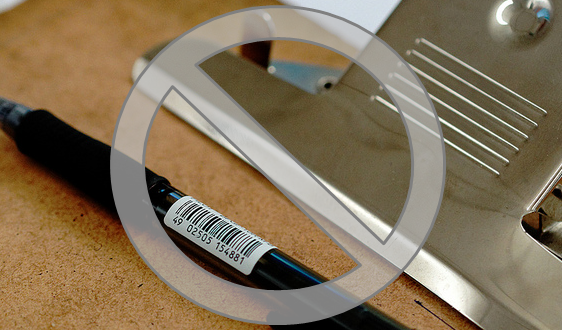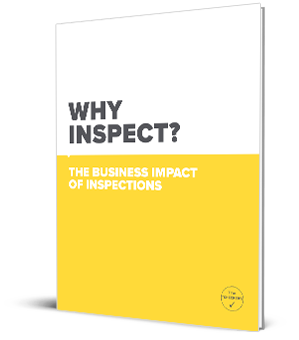It’s tempting to create your own inspection checklists. After all, how hard can it be to list a few things your team should check each day?
But here’s the problem: what starts as a quick DIY solution can quietly turn into a big liability.
We’ve seen it all: missing checks, inconsistent documentation, inspection books that get soaked in the rain, and worse. If your inspection system is patched together from old clipboards and spreadsheets, you might not notice the gaps until something goes wrong.
Let’s walk through where DIY inspections often fall short and how a well-designed system helps you avoid costly mistakes.
1. Inconsistency Causes Confusion
One of the most significant risks with homegrown checklists? Every one is different. Different formats, wording, and levels of detail. This leads to inconsistent inspections and inconsistent results.
What it means:
What one employee thinks is "good enough" might not meet someone else’s standard. That’s how problems get missed.
2. No Room for Notes = Missed Details
DIY templates often don’t leave space for real-world feedback. And when there’s no room for notes, there’s no room for nuance, like “worn but still functional,” or “needs attention before next shift.”
What it means:
Teams either skip over concerns or waste time figuring out how to document them elsewhere. That’s not efficient, it’s risky.
3. Weak Recordkeeping
Many DIY inspections end up in a drawer, or worse, they never get saved at all. Without a durable system for tracking inspections, it’s impossible to prove they were done or to spot recurring issues.
What it means:
If an incident happens, you can’t show due diligence. If a regulator asks, you’re scrambling.
4. No Backup Copy
We’ve talked to businesses that only keep one copy of their inspections on a single form. Lose it or damage it, and the record is gone.
What it means:
You lose your inspection history, and with it, a key part of your safety program.
5. You Don’t Know What You’re Missing
Even the most careful managers might not know all the right items to include in a checklist. It’s not about what you can see, it’s about what you’re trained to look for.
What it means:
DIY checklists often overlook critical components, especially when inspecting equipment, vehicles, or facilities.
Don’t Just Check the Box
Inspections aren’t about paperwork. They’re about protecting people, equipment, and your bottom line. The good news? You don’t have to reinvent the wheel.
The Checker’s Checklist Books were designed by safety professionals who understand what needs to be included—and what happens when it’s not.
✔️ 150 detailed inspections per book
✔️ Consistent, standardized format
✔️ Room for notes and two carbonless copies
✔️ Weather-resistant storage pouches
✔️ Flexible enough for walk-arounds, audits, and more
The Bottom Line
Doing inspections your way might feel faster or cheaper, but if it leads to missed issues, inconsistent records, or weak documentation, it’s not saving you anything. Stop settling for “good enough.” Start using a checklist system that’s built to work and achieve real results.
👉 Explore our Checklist Books and eliminate the guesswork from inspections for good.











